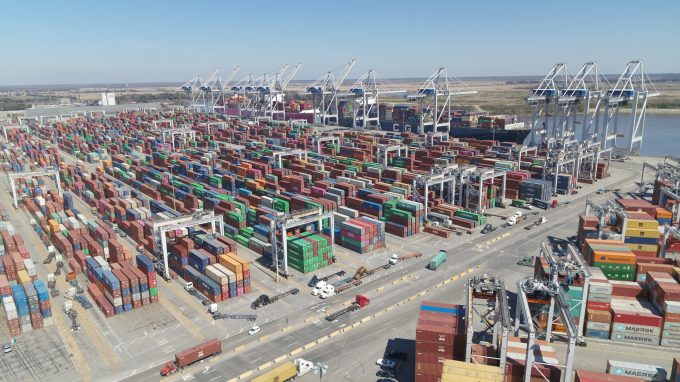Gemini and logistics growth now the focus as APMM posts healthy profits
Strong freight rates and resilient container shipping volumes for most of last year delivered healthy ...

Persistent and mounting congestion at US west coast ports has caused some shippers to seek the sanctuary of the east coast to speed cargo through the supply chain – but this avenue is also becoming increasingly problematic.
As congestion at Pacific gateways worsened, the shift to east coast ports gathered momentum, but now these are struggling with increasing congestion – halfway through last week there were 24 ships waiting for berths at the port of Savannah, and Maersk Line called the ...
'Disastrous' DSV-Schenker merger would 'disrupt European haulage market'
'Chaos after chaos' coming from de minimis changes and more tariffs
List of blanked transpac sailings grows as trade war heats up and demand cools
Shippers in Asia restart ocean shipment bookings – but not from China
India withdraws access for Bangladesh transhipments, in 'very harmful' decision
'Tariff hell' leaves industries in limbo – 'not a great environment to plan'
Asian exporters scramble for ships and boxes to beat 90-day tariff pause
Temporary tariff relief brings on early transpacific peak season
Volumes set to 'fall off a cliff' as US firms hit the brakes on sourcing and bookings
Pre-tariff rush of goods from US to China sees air rates soar, but not for long
De minimis-induced ecommerce demand slump could cripple freighter operators
Forwarders 'allowing the fox into the chicken run' by supporting 'hungry' carriers
Hapag 'took the bigger risk' when it signed up to Gemini, says Maersk
Navigating tariffs: 'like trying to solve a Rubik's cube while colour-blind'
'Restoring America's maritime dominance' – stop laughing at the back of the class

Comment on this article